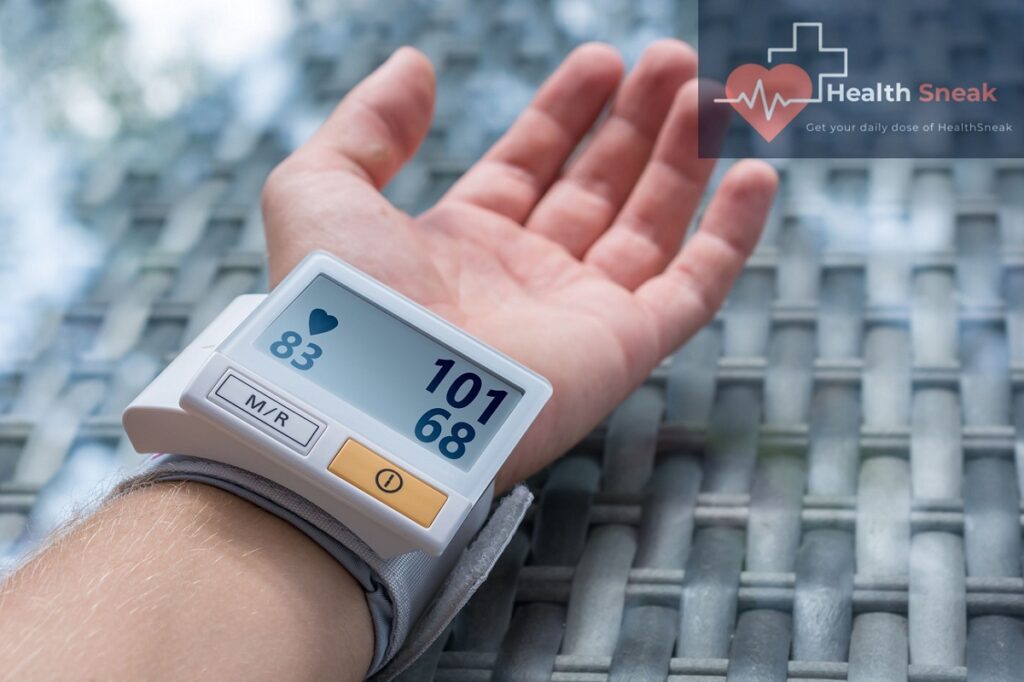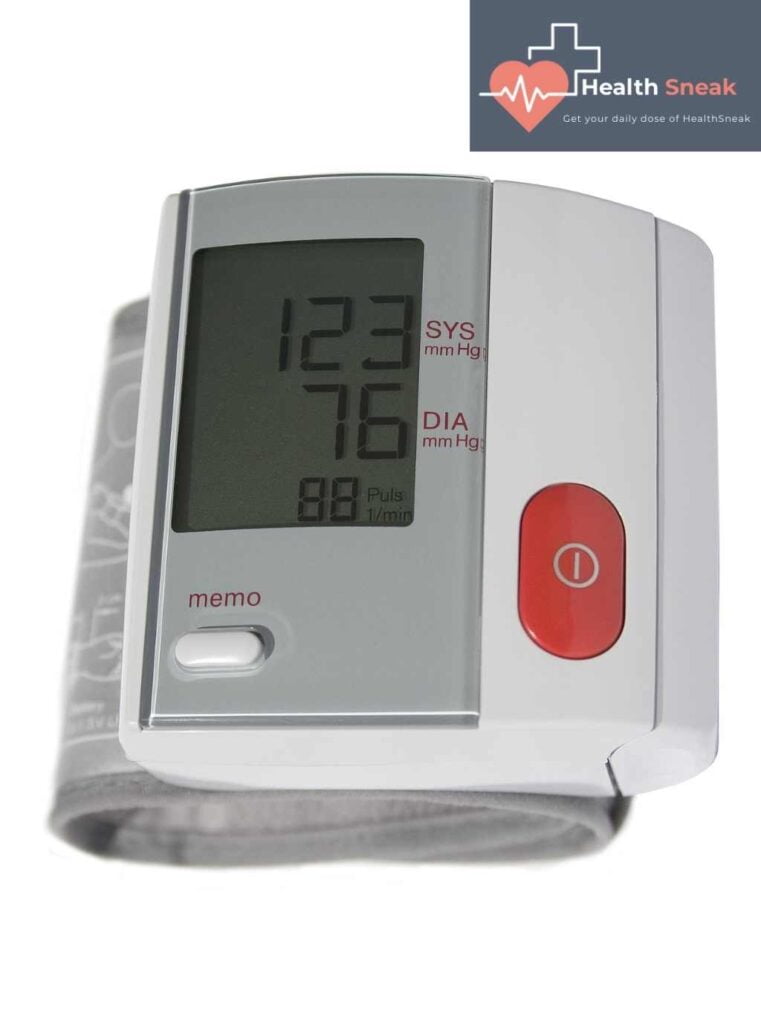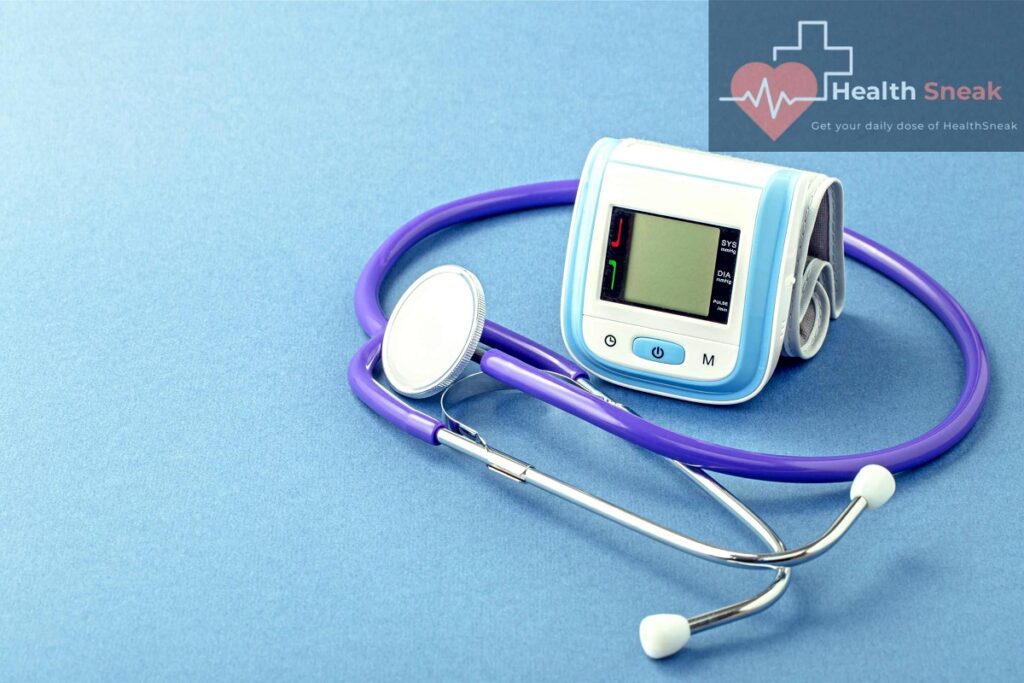What is a Wrist Blood Pressure Monitor?
A wrist blood pressure monitor is a device that quickly and accurately takes blood pressure readings at the wrist. These monitors are an excellent option for people with limited mobility, as they can be worn on the wrist and tend to be less bulky than standard upper arm monitors. In addition, wrist monitors tend to have a smaller measuring area, which can also be helpful for those who have limited mobility.
How do Wrist Blood Pressure Monitors Work?
How to measure your blood pressure with a wrist monitor? The most popular device for measuring blood pressure is the arm cuff. This can be difficult to use, uncomfortable, and tiring if you are on the border; it is also inconvenient if you are traveling. A new trend in measuring blood pressure is using a wrist monitor. If you are taking your blood pressure at home, or if you are traveling, watch out for these guidelines:
- Ask your health care provider what the best type of monitor to use is;
- Be sure to inflate the cuff until the pressure is at the level you will measure;
- Maintain a relaxed position with your arm resting against your side or hanging down;
- Extend your arm so the cuff is placed on the inside of your arm.
Are Wrist Blood Pressure Monitors Accurate?
Can you trust the accuracy of wrist blood pressure monitor measurements? I’ve been trying out another wrist blood pressure monitor in addition to my arm monitor to compare reliability. I’m testing a wrist monitor with a cuff that wraps around the arm in two locations to take two separate readings. This is an exciting idea in theory, but it didn’t work for me because my arms were too thin. I had a hard time putting enough pressure on my arm to wrap the cuff around the bottom of my arm for a snug fit, and then I couldn’t fasten the cuff over the top.
How to use a blood pressure monitor
The wrist blood pressure monitor is not intrusive or invasive like the cuff for the arm, and it is also easier to use and less stressful for the person being monitored. Attach the monitor the cuff securely around the wrist. Ensure that the cuff is correctly fastened around the wrist before tightening it.
How blood pressure monitors work and what to know about them
It’s always a good idea to make sure your health is in check. One of the best ways to do that is to check your blood pressure regularly. There are many different ways to do that, one of which is with a wrist blood pressure monitor. You might be wondering how wrist blood pressure monitors work and what you need to know about them. Below are some of the basics. All wrist blood pressure monitors work the same way: you place the cuff on your wrist and inflate it with air and then release the air, and this makes a noise and assigns a reading. As we age, we usually see a drop in our systolic blood pressure and a rise in our diastolic blood pressure.
Portable or Wrist-mounted?
What is the difference between a wrist-mounted and a portable blood pressure monitor? The advantage of a wrist-mounted monitor is that it can be used both at home and on the go. This is because it’s lightweight and can be worn as a bracelet. Furthermore, it can be tracked as it synchronizes the data to the app. Besides, if you’re running low on battery, you can charge it by plugging it into your phone or laptop.
On the other hand, a portable monitor has to be attached to a cuff that’s strapped to the upper arm. It’s a good option for those who want a more accurate reading. Don’t stress out about checking your blood pressure.
How to find the Best Wrist Blood Pressure Monitor on the market
If you are looking for the best wrist blood pressure monitor, you are in the right place. Many different companies manufacture these monitors, but three, in particular, are the best yet also the most expensive. The Omron Blood Pressure Monitor BP629 is one of the most well-known wrist monitors on the market. This monitor, in particular, is well known for having one of the most accurate readings. One of the reasons for this is that this monitor measures your pulse. Another great feature of this monitor is its memory system that tracks your progress over time. Omron also has the BP556, which is very similar to the BP629 model.
Wrist blood pressure monitors are an excellent way to monitor one’s health at home. They are easy to use, comfortable, and convenient. Luckily, there are many options available. (1) One option is the Omron 10 Series Wrist Blood Pressure Monitor. It is the #1-selling monitor on Amazon and delivers accurate readings for about one minute. (2) Another popular choice is the My Life Activity Wrist Blood Pressure Monitor. It’s affordable, accurate, and easy to use (strap it to your wrist and press the button to take your reading). (3) Maybe you are interested in the Omron 7 Series Wrist Blood Pressure Monitor.
Online Stores for Wrist Blood Pressure Monitors
If you have high blood pressure, you need to take immediate action. One way to monitor your blood pressure is by using a wrist blood pressure monitor. You can find wrist blood pressure monitors for sale online. You don’t want to go to the doctor just for a routine check-up. With a wrist blood pressure monitor, you can monitor your blood pressure on your own, and if it’s not what it should be, you can take the proper steps to reduce the risk of a stroke or a heart attack.
How to Choose the Right Wrist Blood Pressure Monitor
Buying your first wrist blood pressure monitor may seem like a daunting task. There are so many choices! But if you search for a reliable device that will yield accurate results without any hassles, you can’t go wrong with Omron. Omron has been in the business of making top-quality home medical equipment for over 40 years. The company is best known for its digital blood pressure monitors, blood glucose meters, and Aneroid Sphygmomanometers, blood pressure cuffs, and many more.
Features You Should Look for
To make sure you get a monitor that will do the best job getting your blood pressure, there are a few features you need to look for:
The first thing is that the cuff should fit snugly on your arm, and this will help ensure that your pulse is at the same rate as the cuff takes the measurement, which is essential for accurate readings.
Secondly, the cuff should be around the same size as your arm, or at least it should be proportionally sized to your arm size, with a bit of overlap to make sure it’s not too tight.
Third, make sure it automatically inflates with pre-inflated air, with no need for manual pumping.
What are the Best Wrist Blood Pressure Monitors?
If you are looking for a way to take your blood pressure readings on the go, then a wrist-based blood pressure monitor is the perfect option for you. From the new A&D Medical AT-828 to Omron’s HEM-7120IT, there are plenty of wrist-based monitors to choose from. Let’s look at how these products work and which might be best for you. Wrist-based monitors work by wrapping a cuff around your wrist and inflating. The cuff inflates and deflates several times to help measure the blood pressure in your arm. Once the cuff has been inflated, a sensor measures the pressure within thirty seconds and displays it on a the monitor.
Tips for maintaining proper blood pressure and creating good health habits
Maintaining Proper Blood Pressure and Creating Health Habits A key to living a long and healthy lifestyle is good health habits. It can be challenging to maintain proper blood pressure levels, diet, and exercise in times of stress and with everyday life obligations. Often when we are in a state of chronic stress, we release a hormone into our blood called cortisol. Cortisol is a hormone that has been found to have several undesirable effects on the body, from constricting blood vessels to increasing cholesterol. In addition, chronic high cortisol levels can lead to anxiety, weight gain, and even depression. It is essential to have a conscious effort in tracking blood pressure to keep this from happening. You can try drinking lemon tea or pomegranate tea to maintain a healthy lifestyle.
Helpful Questions to Ask Yourself When Shopping for a Wrist Blood Pressure Monitor
You’re at the pharmacy, feeling overwhelmed by the selection of wrist blood pressure monitors. Whether you’re making a diligent effort to maintain your health or looking for something to do when you’re waiting for your doctor’s appointment, you want the best quality wrist blood pressure monitor available. There are so many questions – how often does it need to be calibrated? Do I need to press hard? Is it accurate? The following questions may help you hunt for the perfect wrist blood pressure monitor to suit your needs. -What is the accuracy? You want this to be close to 99% – if it dips below 95% accuracy, it’s time to find a new wrist blood pressure monitor. -Does it need to be calibrated?
Is Wrist Blood Pressure Monitors More Accurate Than Upper Arm Blood Pressure Monitors?
Traditionally, upper arm blood pressure monitors have been the preferred device for clinics, hospitals, and doctors’ offices. However, recent studies have shown that wrist blood pressure monitors may provide a more accurate reading of the information that needs to be taken. This is because wrist monitors measure pressure at the artery near the hand, which might be more accurate. After all, it is physically closer to the heart. Upper arm monitors measure pressure at the artery near the shoulder, an inch or two from the heart.



